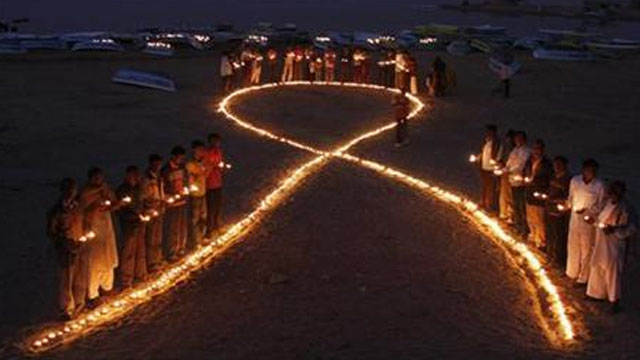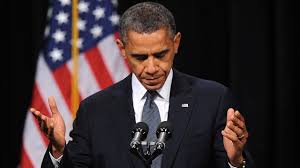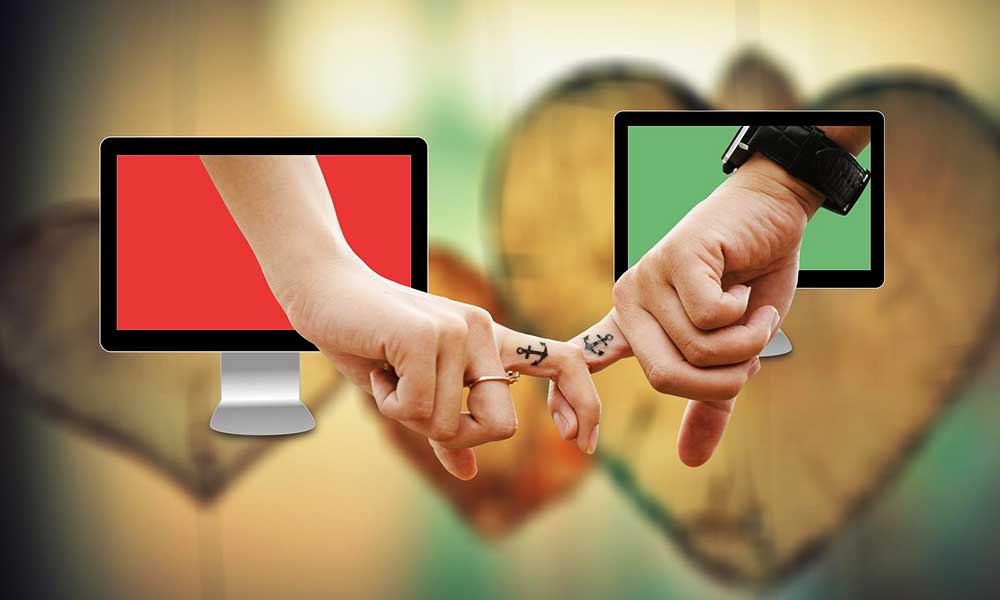Project Vihaan, which was launched in April, seeks to ensure that people suffering with PLHIV and high risk groups are followed up on health parameters regularly.
Anita Devi, 45, was admitted with intestinal problems in a government hospital in Patna on Sep 4. But tests soon revealed she was HIV positive. At that point, the doctor responsible for her care tore up the prescription and asked her to leave.
Similar was the story of a 40-year-old man in Andhra Pradesh who was also refused treatment by a private hospital in Warangal for being HIV positive.
Instead of being cases in exception, experts said, such incidents seem to have become the norm. It is to address the discrimination that the Indian government, along with NGO HIV/AIDS alliance, has launched a special project to provide a care and support structure for the 2.4 million PLHIV (people living with HIV/AIDS) in the country.
India has the third largest number of people living with HIV/AIDS after South Africa and Nigeria.
The project ‘Vihaan’ (meaning “the first light of dawn” in Sanskrit) seeks to ensure that PLHIV and high-risk groups like men who have sex with men, transgenders, female sex workers and injecting drug users are followed up on health parameters regularly.
“The overall goal of ‘Vihaan’ is to improve the survival and quality of life of PLHIV,” James Robertson, Executive Director India, HIV/AIDS Alliance, told IANS. The project, which was launched in April, was formally rolled out in August.
Robertson said care and support had been recognized globally as a critical element for a comprehensive HIV/AIDS response.
“Lack of care and support structure creates a gap in the system leading to many people dropping out after being detected HIV positive. It is crucial that care and support centres remain equitable, quality bound, efficient, effective, accessible, and available,” he said.
The NGO has been entrusted with the task of providing care and support to around 1.2 million people living with HIV in the initial stages. If successful, it will be expanded to cover the rest.
India provides free HIV/AIDS treatment through the National AIDS Control Organisation (NACO) – under the union health ministry – an apex body that formulates policy and implements programmes to prevent and control HIV/AIDS in the country.
The total cost of the programme is USD 33.7 million and is funded by The Global Fund To Fight AIDS, Tuberculosis and Malaria – an international financing institution that provides funding to countries to support programmes that prevent, treat and care for people with HIV and AIDS, tuberculosis and malaria.
Robertson said the project’s specific objective is to arrange early linkages for the people with HIV to care, support and treatment services, especially for widows, single women, children and members of high-risk groups (HRGs). Also, to ensure that the people with HIV are covered under various social welfare schemes.
The target is also to create awareness and to make them more educated about nutrition, healthy lifestyles, and given psycho-social support.
In addition, one-on-one counselling and support group meetings will be organised.
The project also aims to train service providers and provide them with periodic feedback on service quality, particularly to ensure effective services, Robertson said.
NACO’s A.K. Gupta said the project would also focus on reducing the stigma and discrimination against people infected with the dreaded disease. He said the project will cover a wide network of people across the country.
It was under the National AIDS Control Programme (NACP) – III (2007-12) when it was realised that there are unmet care and support needs for HIV positive people.
Health ministry officials said that though the access to clinical services has improved significantly during the past few years, it was found that not all infected individuals receive comprehensive and holistic care and support, especially that addresses psycho-social needs.
Children (under five years) account for seven percent of all infections, while 86 percent are in the age group of 15-49 years. Of all HIV infections, 39 percent are among women.
The adult HIV prevalence at national level stood at 0.27 percent in 2011.
IANS





